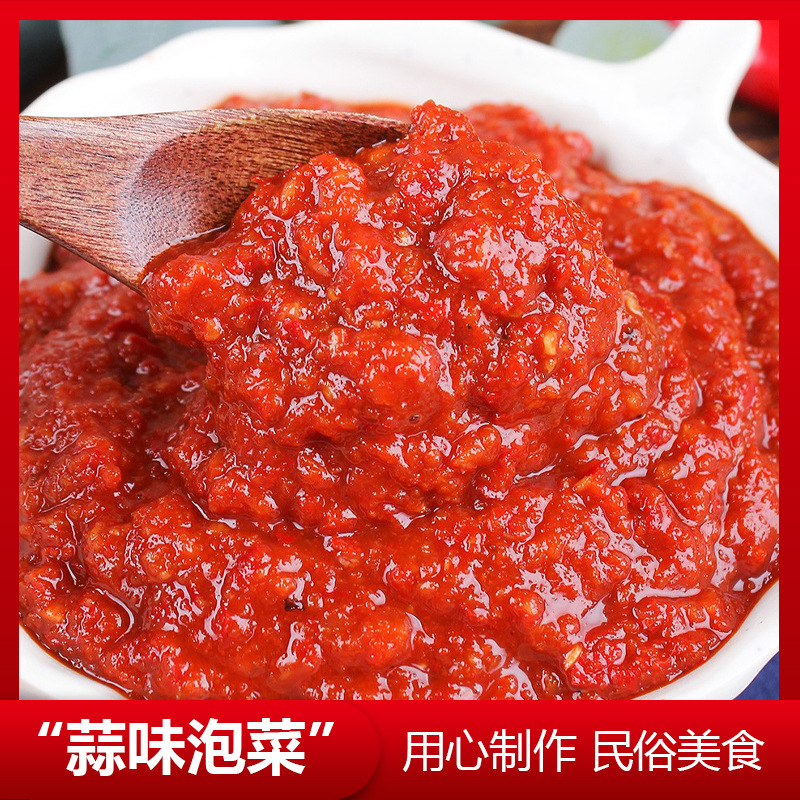With the ongoing adjustment of agricultural structures, the challenge of effectively utilizing rural labor and idle agricultural resources to boost farmers' income has become a pressing issue for agricultural science and technology personnel working on rural development. In 2006, we introduced five local chicken breeds—Henan Goshio Chicken, Xi'an Gaoling Zudai Chicken, France Sasuo Premium Chicken, Jiangsu Jiangdu Suqin Yellow Chicken, and Guangzhou Jinjiang Village Yellow Chicken. By day 25, the survival rate reached an impressive 97.6%. Based on the natural ecological conditions, we selected four stocking models: fruit forest zone, floodplain, Shapo grassland, and depression land. These methods were implemented under the "one centralized four modes" management approach. Now, we will share detailed breeding techniques for raising free-range chickens.
Before starting the rearing process, it's crucial to ensure proper biosecurity measures. The spread of infectious diseases among poultry requires three key factors: the source of infection, the transmission route, and susceptible animals. All three must be present simultaneously for an outbreak to occur. Therefore, it's essential to implement strict disinfection, vaccination, and disease monitoring protocols before raising chickens to ensure healthy growth and profitability.
**Sanitary Preparations**
1. Thoroughly clean and disinfect all facilities before introducing the chickens. Ensure the area is free of dust and any residual chicken matter.
2. Seal the doors and windows, place troughs, feeders, and containers inside, and fumigate with formalin and potassium permanganate. Maintain this for over 24 hours, then ventilate for 48 hours before hatching.
- Fumigation ratio: 30ml formalin and 15g potassium permanganate per 3m³.
3. Disinfect chicken cages before bringing them into the house. Do not allow dirty or unclean cages inside.
4. Raise the temperature in the brooding area 24 hours before the chicks arrive, keeping it around 35°C.
5. Prepare warm boiled water, special chick feed, and necessary medications in advance.
6. Allow the chicks to rest for 1–3 hours after transportation. Separate weak or vulnerable individuals and place them in the brooding house.
After introducing new breeds, we adopted intensive brooding and online feeding methods.
- **Brooding Period (Weeks 1–6):** Keep the temperature above 30°C. Provide warm water immediately upon arrival, adding a small amount of poly-dimensional iodine to enhance immunity. Feed 4–5 times daily with small portions to ensure the chicks eat clean and remain active.
- **Lighting:** Provide 24-hour lighting for the first 1–3 days, then reduce to 1–2 hours per day for days 4–7. Gradually transition to natural light as the chicks grow.
- **Digestive Aid:** Add fine sand to the diet after 20 days of age to improve digestion.
- **Vaccination Schedule:** Administer vaccines against Newcastle disease (H120) at day 5; multivalent vaccine at day 12; bursa vaccine at day 19; another round of Newcastle disease at day 26; bird flu vaccine at day 30; chickenpox at day 35; and a second dose of Newcastle disease at day 45.
- **Medication:** Use antibiotics like florfenicol and other drugs during the transition period to reduce stress and prevent infections.
- **Disease Prevention:** Follow preventive strategies and maintain a proactive approach to health management.
**Transition Period (Days 25–35)**
This phase is critical for transitioning from indoor brooding to grazing. Although the chicks have some immunity, they are still vulnerable to environmental changes and can easily fall ill. Proper care during this time is essential to avoid losses.
**Environmental Transition**
Gradually lower the temperature from 20–25 days of age to around 20°C. Once the indoor temperature matches the outside, open windows and doors for ventilation. Start grazing for 2 hours daily, increasing the time as the chicks grow.
**Feeding Transition**
From 30–35 days, introduce small amounts of green feed such as vegetables, scallions, and wild greens. Feed 3 times daily, ensuring the chickens have access to food throughout the day.
**Grazing Transition**
Between 15–25 days, transfer the chicks to demonstration households. Before moving, ensure the housing and equipment are fully cleaned and disinfected. After 3 days of feeding, gradually introduce grazing and monitor for stress. Add antibiotics and deworming agents to the water for 5–7 days.
**Grazing Management**
During the transition, start by feeding the chickens indoors for about a week, then slowly move them outdoors. For example, in fruit forests, train the chickens to graze on weeds and fruit worms. In river beach areas, they feed on aquatic plants, insects, and leftover food. In grasslands, they eat wild herbs and ephedra leaves.
To encourage grazing behavior, use methods such as whistling, tapping pots, or guiding adult hens. This helps establish a routine of “whistle-grazing-returning.†Fixed feeding times are important to build conditioned reflexes. Feed twice daily—early and late—to reinforce habits.

1. Garlic fragrance everywhere, unique charm.
Garlic-flavored kimchi exudes a rich garlic aroma. That unique scent instantly arouses your appetite and makes you unable to resist. 2. Crispy texture, unforgettable aftertaste. Every bite of garlic-flavored kimchi brings a crispy texture, bouncing between the teeth and leaving an unforgettable aftertaste. 3. Traditional craftsmanship, made with ingenuity. Following traditional production techniques, carefully select fresh ingredients and integrate full ingenuity to ensure excellent quality. 4. Versatile and delicious, freely matched. Whether it is paired with rice, noodles, dumplings, or enjoyed as a side dish with meat and seafood, garlic-flavored kimchi can blend perfectly and add a unique flavor. 5. Nutritious and a healthy choice. Rich in nutritional ingredients such as vitamins and dietary fiber. While enjoying the deliciousness, it also helps your health. 6. Convenient and fast, enjoy at any time. Convenient packaging and easy to store. Whenever and wherever you want to eat, you can easily open it and taste this deliciousness. 7. Unique flavor, regional characteristics. With a strong regional flavor, garlic-flavored kimchi allows you to appreciate different food cultures and feel a different kind of charm. 8. Stimulate the taste buds and awaken vitality. The strong garlic flavor and the sour and spicy taste of kimchi interweave, stimulating your taste buds, awakening your vitality and making you full of energy.

Garlic Flavored Kimchi,Korean Cuisine,Spicy Garlic Kimchi,Garlic Kimchi
Yanbian Jingangshan Food Co., Ltd , https://www.ybjgsfood.com